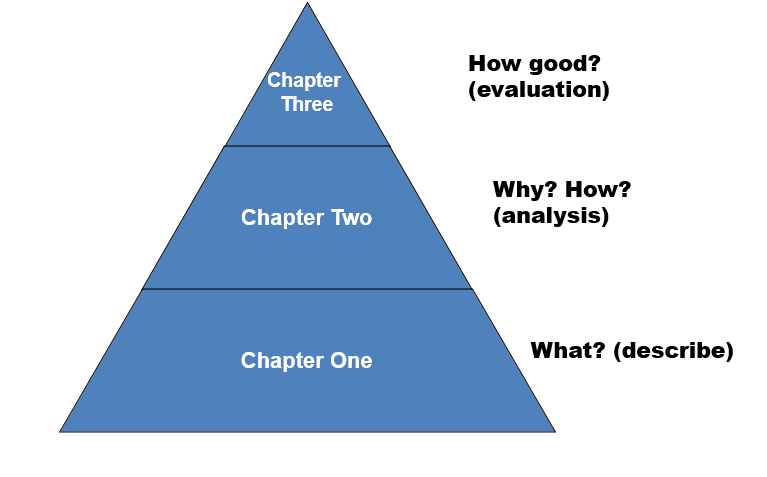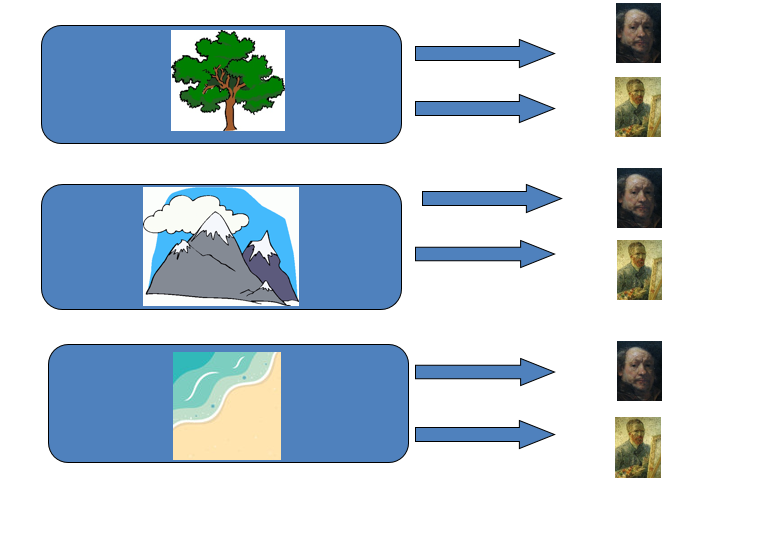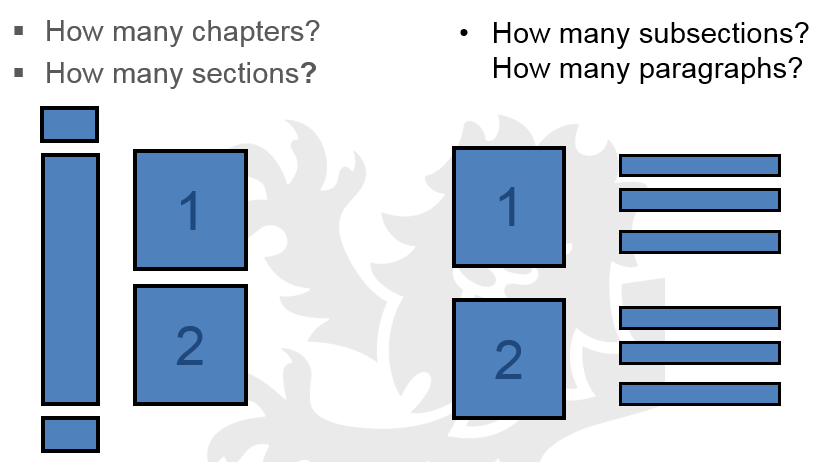There’s a lot of study guidance around. Top tips, how-to’s, help sheets, study guides, skills books, online resources, not to mention all the advice (solicited or unsolicited!) from lecturers, other students, family, friends, online contacts and yes, Writing Development tutors… All of it’s well meant, most of it is given by people who have been students at some point and presumably know what they’re talking about, and much of it may be genuinely helpful or encouraging.
There’s also plenty of study advice out there which is unhelpful. It may look useful, it may be accurate, it may seem reassuring, but for one reason or another, it just doesn’t quite work.
- “Your writing should be clear”
- “Make sure you have a strong argument”
- “One point per paragraph”
- “Check your work has a logical structure”
- “Follow these simple steps to writing an essay”
- “Plan your time effectively”
- “Don’t include any unnecessary material”
- “Ensure your grammar is correct”
None of this is untrue or unreasonable. Your work should be clear and critical, well argued and logically structured, grammatical and well written. You should just get on with it and plan your time effectively. Easy.
So why aren’t you just doing it?
What does it mean?
Clear. Concise. Relevant. Well-structured. Effective. All good qualities to aim for, all good things to check your work for. But what do they actually mean? All of these words are ambiguous, abstract, subjective and context-dependent. What is clear to one person may not be to another. What is well-structured in one subject may be inappropriately organised in another. What is concise at one level of study may be simplistic at a higher level. These words are almost meaningless out of context. So how could you even begin to aim for them? Any advice that tells you that your writing or study practices should conform to a subjective term like this should at least try to unpack in concrete terms what they mean by it, and help you understand what it might mean in your own subject or level, or the audience you’re writing for.
How do you achieve it?
Telling you that “your writing should be clear” or “you should check that your structure flows” doesn’t actually help you to get there. Much of this type of advice doesn’t actually give you concrete and practical things to do, but only tells you what you should be. But never mind the what; what about the how? Leaving you without practical strategies to achieve this goal isn’t really helpful.
Other advice might give you attractively practical-seeming suggestions:Ten Simple Steps to Successful Essay Writing! Always do this! Never do that! But it doesn’t acknowledge that there might be other ways to achieve the same goal, exceptions to the rule, or that the process might be less simple and clear cut, more messy than that. Much of this type of advice may have worked for the person giving it (possibly a long time ago, and with the benefit of hindsight…), and it may well work for you, but then again, it may not. Giving the impression that there is only one correct way, that the same advice should work for everyone, or that it’s just a straightforward process, may set you up for failure if it doesn’t suit you or if the simple steps turn out to be not so simple in practice.
What would it look like if you did? How would you know?
Does anyone actually try to write unclearly? You think it’s clear; of course you do, you wrote it. It makes sense to you. Is it clear to someone else? Well, how would you know? It’s all very well to tell you to check your work, but without a idea of what you’re looking for and strategies to reflect on your practice and edit your work, you’re not going to know if your efforts are working until you get your mark back and it’s too late. Does the advice show you what clear writing might look like and why, with examples? And does it offer practical technique to read back your work as if through a marker’s eyes?
The Placebo Effect
University study is challenging, complex and diverse. It teaches you that nothing is ever that simple, to question everything. And this can be unsettling. It would be nice to think that there are simple tips which could make sense of all this complexity; straightforward steps you could take through the challenges of higher level study. And that’s why this kind of study advice is so appealing. It’s tempting and reassuring, it looks very certain and authoritative, but doesn’t actually offer you any way to act on it. It’s a placebo. It might make you feel better but does it actually help you to develop and learn? It doesn’t do justice to the challenge of university study, and it doesn’t do justice to the complex, diverse individual that you are. Ultimately, it disempowers and undermines students by making them feel that they are the failures- all you had to do was just had to ‘write clearly’, such a simple thing, and you failed to do so.
We’re working on a series of blog posts, #unhelpfulstudyadvice, in which we will examine some of the less useful tips and try to turn them into more useful guidance. Do let us know if there’s a particular example you come across and we’ll include it! We promise to explain what we mean, to give you concrete strategies to achieve it and ways to reflect on or edit your work to see if you’ve been successful!
And we promise to avoid the words “should”, “just”, “always” and “never”…
Posted by Helen




